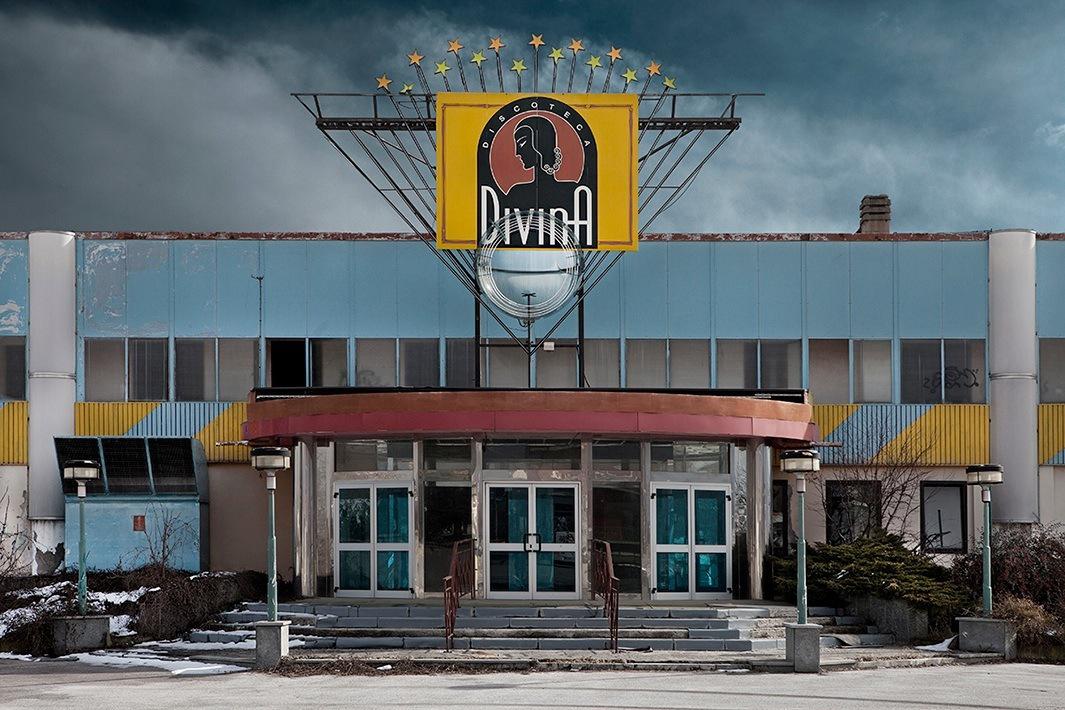Through the 1980s and some of the 1990s, giant discotheques on the outskirts of Italian cities were at the center of the nightlife scene. Inspired by an economic boom, partiers frequented spaces designed to celebrate opulence and splendor, built, as Antonio La Grotta described them, “large enough to contain the dreams of success, money, and fun of thousands of people.”
Eventually, tastes changed. In the late 1990s, La Grotta said, smaller bars and clubs opened in the city with live concerts and DJs, drawing revelers away from the large discotheques, rendering them “cement whales” housing “echo and melancholy.”

Antonio La Grotta
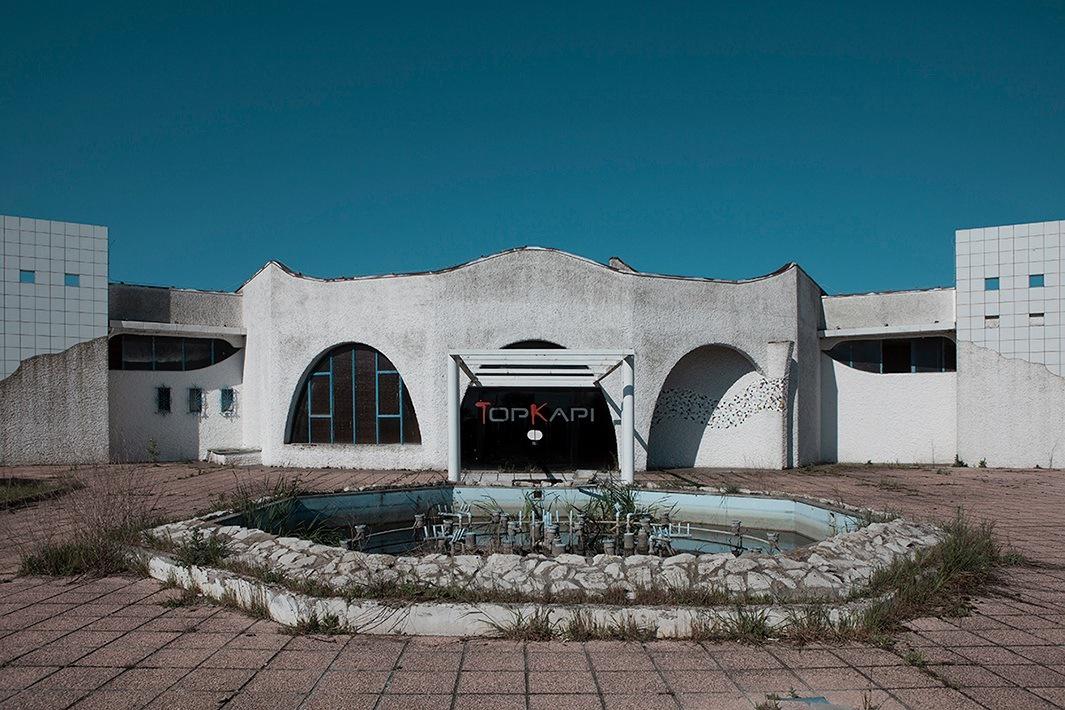

Antonio La Grotta
Today, many of the old discotheques are abandoned and collapsing, and victim to vandalism. Sometimes they are still used for underground parties and raves, but they are more often occupied by homeless people and others seeking temporary shelter.
La Grotta’s series “Paradise Discotheque,” revisits these once-grand spaces. “I like to photograph what you cannot see, the suggestions a place can give you, even if it doesn’t declare it in a clear and open way,” he said via email. “The discos I photographed represent a complete cycle of life and death with their mysteries.”

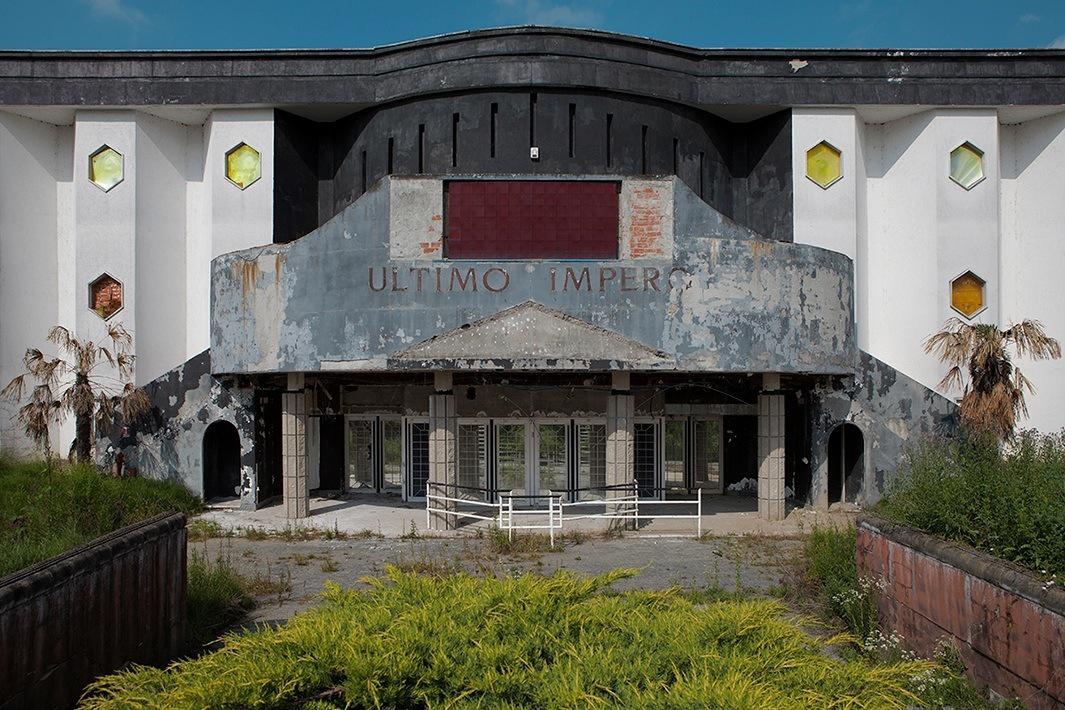
Antonio La Grotta
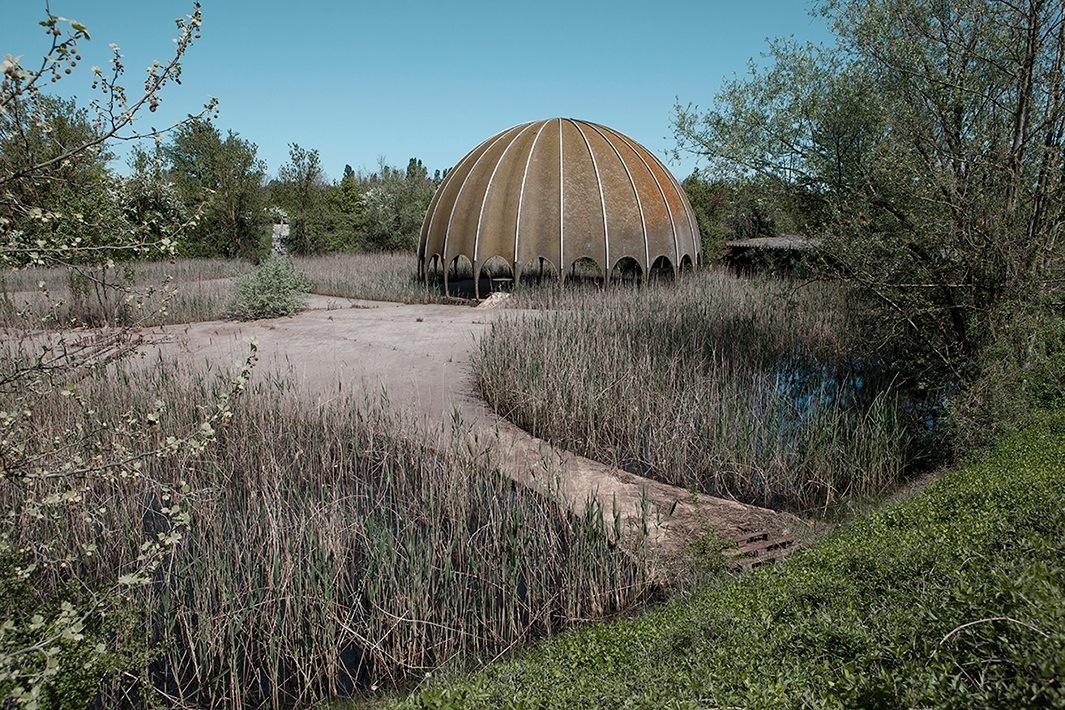
Most of the clubs La Grotta visited were built in that boom period of the 1980s with the exception of the Woodpecker, which was built by Filippo Monti in the 1960s. “Its structure is quite unique: a series of walkways around a small pond connect several artificial islands, one of which hosts a huge fiberglass dome, which reproduces the proportions of the dome built by Brunelleschi in Florence,” he said. “Unfortunately, the club did not last very long because of the location. It was very humid and there were a lot of mosquitoes and frogs inside the room. In the early 1970s it closed for good.”
Many of the clubs were locked up and inaccessible, but on a few occasions La Grotta managed to get inside. “Everything inside the discos was still and silent. The lights, the music and the people were gone—only colors remained. The contrast between the past, what I imagine it was, and what I saw then, was very funny. It was like everything was alive again for a short moment just for me,” he said.
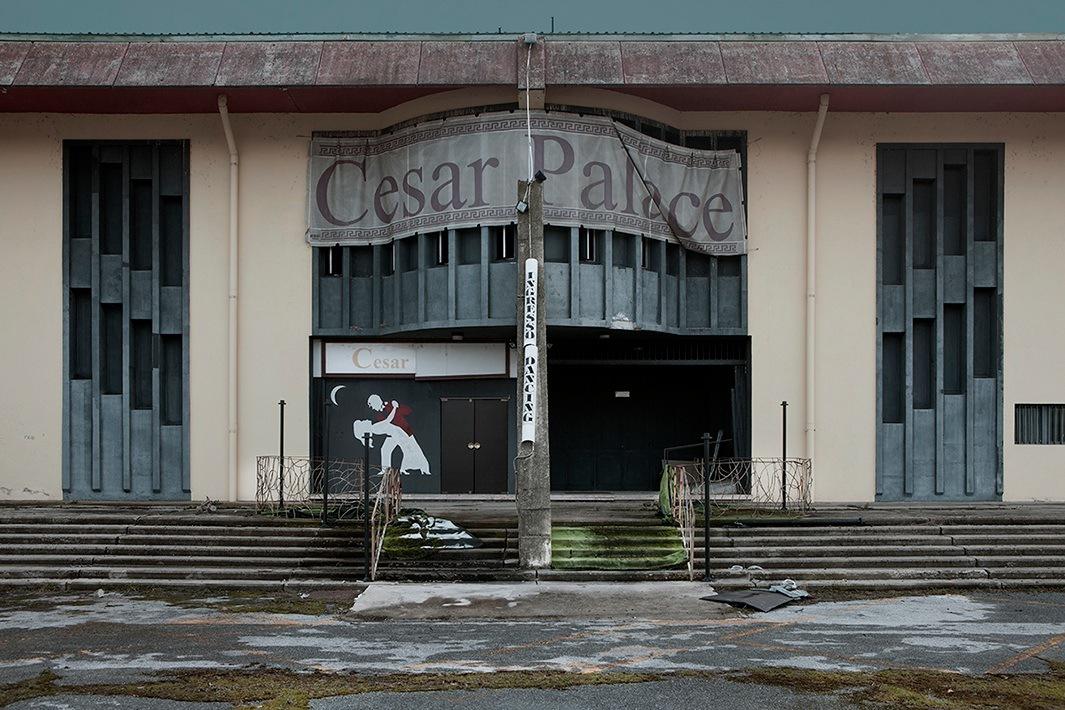
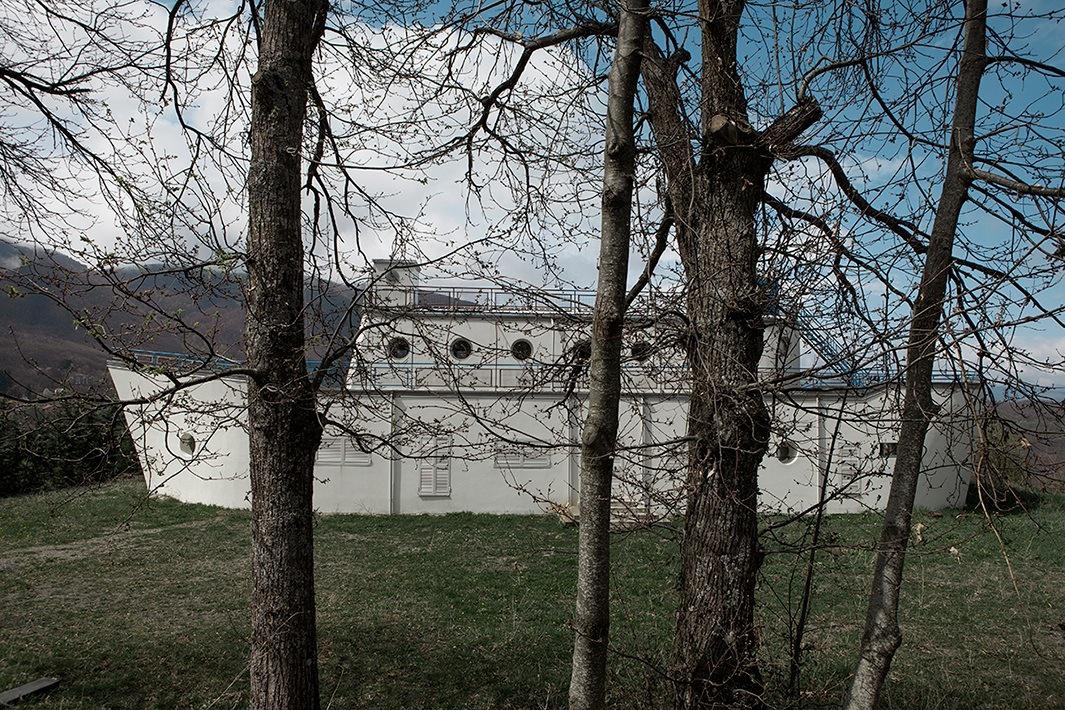
Antonio La Grotta
